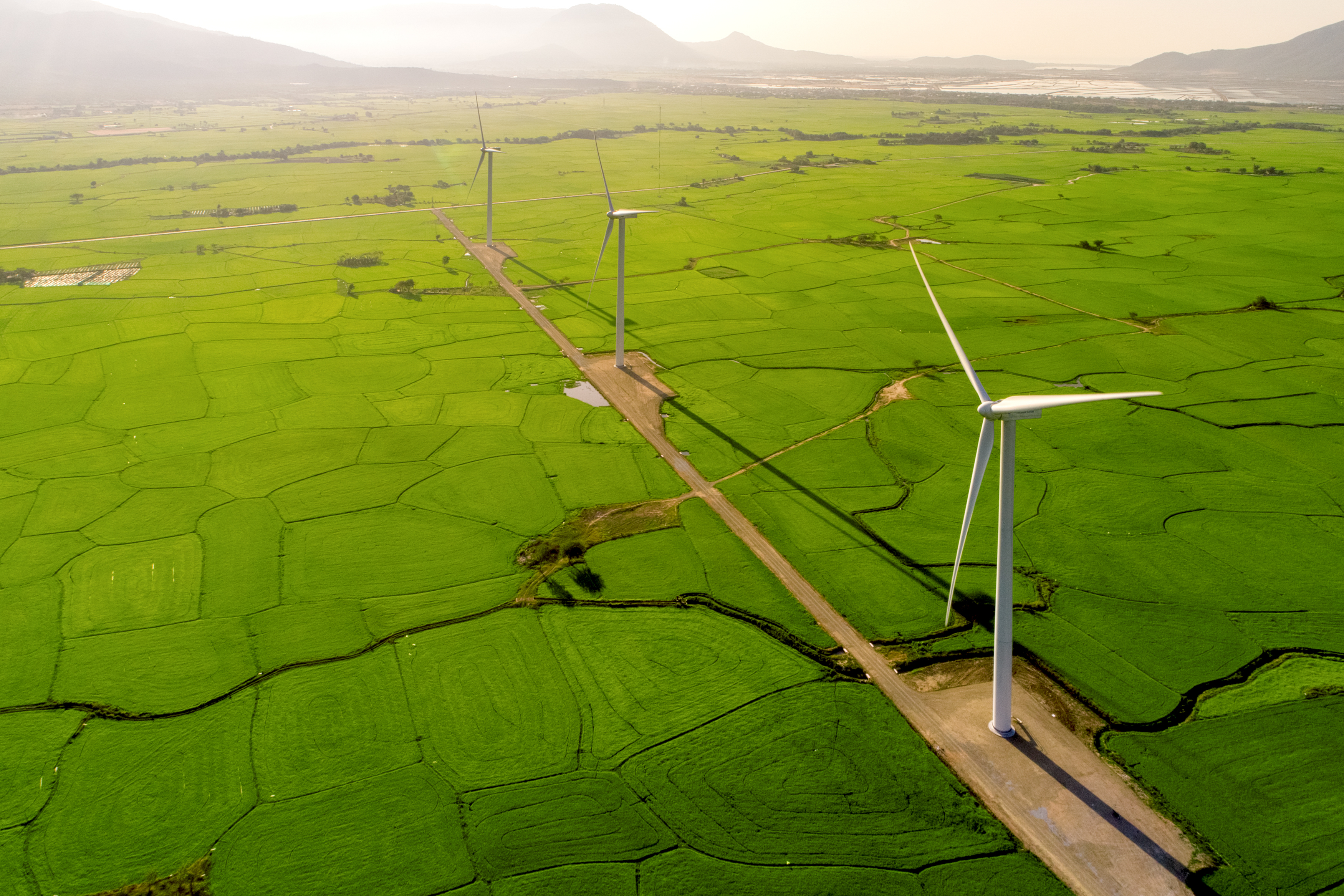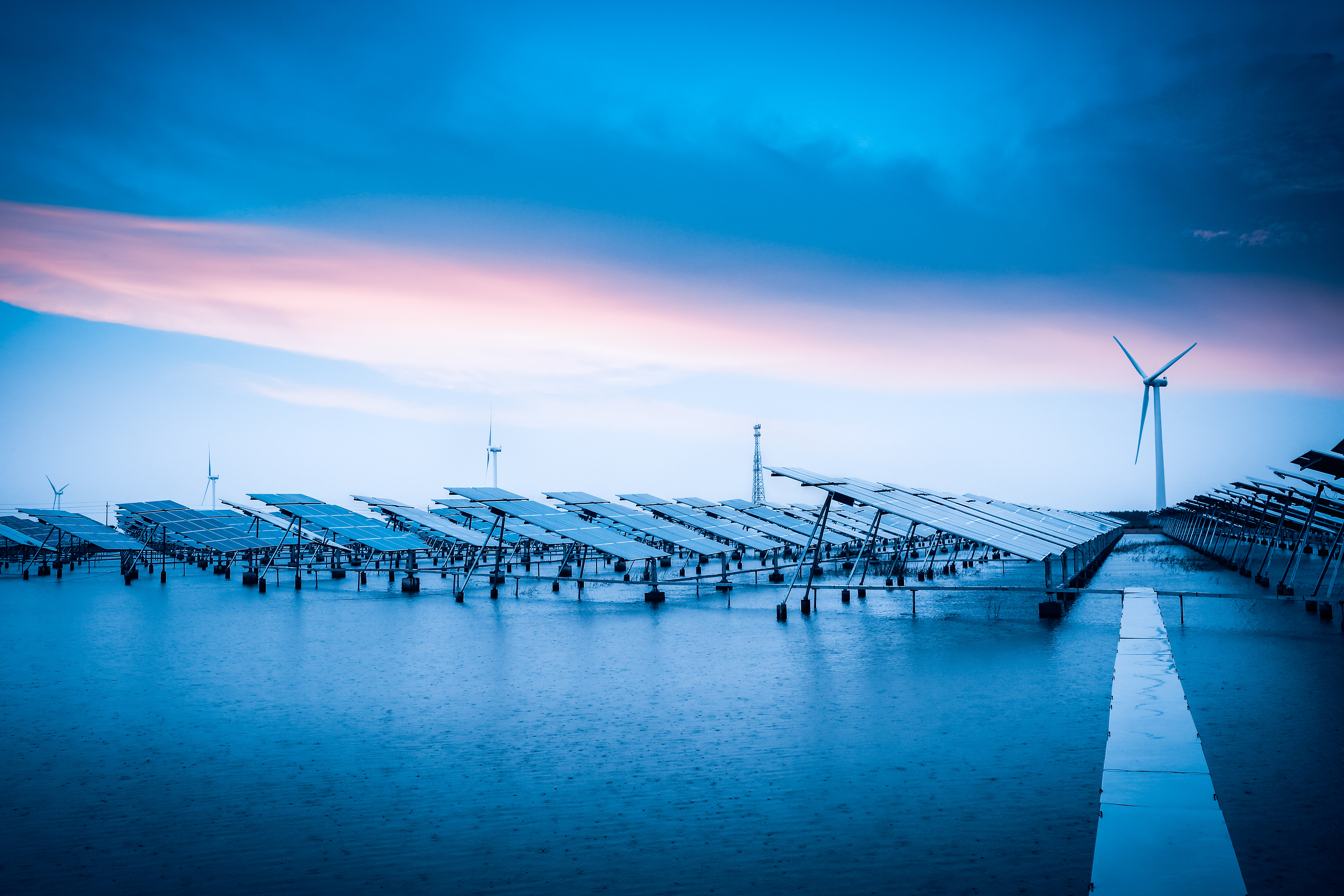You need an account to access this content
Create a free account and get access to all downloads and more!

Expert blogs

25 Apr 2023
5 min read
*This article was originally published in Microgrid Knowledge.
The era of microgrids appears to be upon us! Interest and investment in these smaller scale power grids is on the rise globally, with the hybrid microgrid market experiencing consistent year-on-year growth of between 10 to 12%. It is expected this growth will continue in the medium term, with Asia Pacific, the Middle East, Africa and Latin America being considered the fastest growing regions in terms of invested capital according to a report by Guidehouse.
This increased interest in microgrids is well-founded, with numerous factors driving the predicted growth of this market. These factors include (but are not limited to) rising prices of gas and electricity, the need to decarbonize power generation and transportation sectors to combat climate change, and transformation of traditional grid infrastructure to keep up embedded generation growth.
So, let’s take a look from three different perspectives: commercial, sustainability and technical, to unpack the reasons why investing in hybrid microgrids makes a lot of sense.
Commercially, hybrid microgrids are cost-effective, relatively easy to set up and provide quick return on investment. Renewable energy sources are more cost effective than fossil fuels, both from a marginal cost of production, operational and maintenance perspective. Pricing for both renewable energy production and storage assets has been steadily declining over the past decade, making initial investment more affordable than ever before. Battery storage systems bring additional value, as they firm renewable generation assets, facilitating dispatchability, whilst also being able to directly participate in ancillary energy markets independently.
On top of this, renewable energy is in high demand! With rising costs of electricity and gas, customers are increasingly shifting to more sustainable energy solutions. A recent report by the International Renewable Energy Agency (IRENA) shows renewable energy is continuing to grow at record levels, despite current global uncertainties. According to the report, an impressive 83 per cent of all power capacity added last year was attributable to renewables.
Considering time to market and ease of deployment, microgrids are both modular and scalable. Solar farms can be set up in a year or less, and once permits and land have been secured, scaling up or down is simple. In comparison, construction of a new coal power plant can take five or more years to complete once design, approvals, construction and commissioning are considered, and subsequently these projects attract a much higher price tag.

Hybrid microgrids are an ideal approach that can both reduce emissions and lead to more sustainable and efficient power generation. Transitioning from fossil fuels to renewable energy sources is becoming increasingly critical, given global commitments to reduce carbon and methane emissions to limit the temperature rise by 1.5°C.
However, both the IRENA and COP27 have indicated that the global energy transition is lagging behind the Paris Agreement timeframes and goals. IRENA’s World Energy Transition Outlook 2023 report highlighted the urgent need for transformative measures, investments, and policies to increase the use of renewables. According to the report, deployment levels for renewables must grow from 3,000 GW today to over 10,000 GW in 2030.
Renewable energy is no longer an optional solution, but rather an essential strategy to ensure we reach Net Zero.
Embedded renewable energy and storage assets have disrupted the traditional power generation market by virtue of shifting generation sources closer to the point of consumption. Accordingly, grid infrastructure and the control methods used to co-ordinate power generation are now trying to rapidly catch up, as the once simple generate-and-distribute model has been flipped on its head to a truly dynamic bi-directional power flow model (Grid 2.0).

The Grid 2.0 model also mitigates risk presented by aging “pole and wire” assets, giving communities far greater energy resiliency by having power generation co-located at the point of consumption with the ability to operate as a separable independent system. The value of this model is especially vital when considering critical infrastructure and essential services, where loss of supply can lead to catastrophic outcomes.
Adding further pressure to today’s infrastructure is the phenomenon of peak demand exceeding base demand growth. Peak demand growth continues to outpace base demand growth in many regions, creating challenges for network owners and operators alike. These challenges are expected to be exacerbated further with the electrification of transportation sector, which will result in the significant growth of rapid charger infrastructure. With localized battery storage being an intuitive mitigating solution, we expect this development will lead us to the next frontier for microgrids.